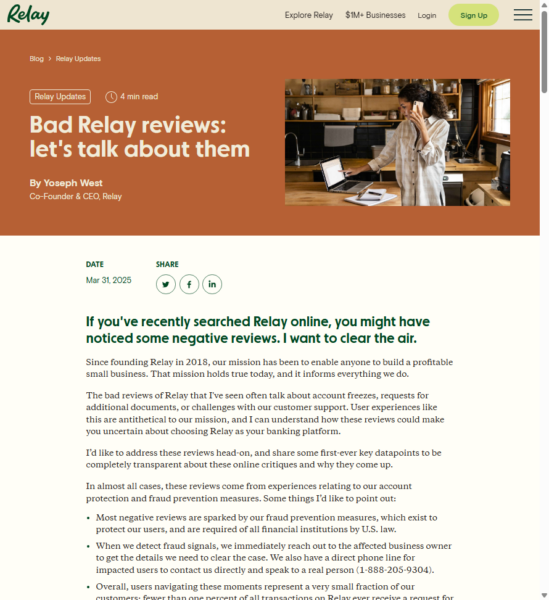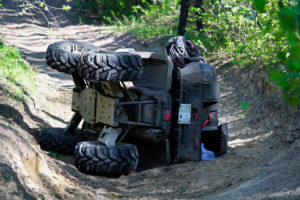Government health regulators are warning that cases of unintentional ingestion of wire bristles from grill cleaning brushes requiring surgical intervention may be more common than expected.
The U.S. Centers for Disease Control and Prevention (CDC) announced in its Morbidity and Mortality Weekly Report (MMWR) that recent hospital reports may indicate ingestion of wire bristles from grill brushes are occurring at a higher rate than previously suspected, necessitating an awareness campaign to alert consumers and doctors to the risks.
Consumers often use one of the many wire grill-cleaning brushes available on the market to remove food residue from their grill and may not be aware that loose wire bristles may end up in their food.
The CDC was previously aware of six patients in a single Rhode Island hospital system who required surgical intervention to remove wire grill brush bristles between July 2009 and November 2010. A new study has identified six more cases treated in the same hospital system from March 2011 to June 2012.
In the latest study, three patients suffered severe pain when swallowing after the wire bristle punctured the soft tissues of the neck. Physicians removed the bristles laryngoscopically.
In the three other cases, the wire bristle had traveled down the digestive tract. In two patients, the bristle punctured the wall of the intestine and lodged in the omentum, requiring removal via laparotomy, a large surgical incision in the abdomen. In the remaining case, doctors used colonoscopy to remove the bristle after they found it lodged in the patient’s colon.
All patients reported eating food grilled in a residential setting immediately after the use of commercially available wire grill cleaning brushes.
“Awareness of this potential injury among health-care professionals is critical to facilitate timely diagnosis and treatment,” the CDC said. “Additionally, awareness among the public, manufacturers who make wire grill-cleaning brushes, and retailers who sell these products can reduce exposures and decrease the likelihood of further occurrences.”
In the latest series of cases, doctors made the diagnosis using radiography or computed tomography (CT scan). However, the CDC said that the bristles are small and difficult to see on plain radiographs and CT.
“It is also important for physicians to be aware of this danger and pay close attention to clinical history,” said David Grand, M.D., lead author of the study and radiologist at Rhode Island Hospital. “In patients presenting with odynophagia, plain radiography may identify the wire bristle; however, CT is helpful for anatomic localization. For patients presenting with abdominal pain, CT is recommended and oral contrast should not be used as it can obscure the foreign body, in this case, wire bristles.”
The CDC could not make recommendations about which types of grill brushes may be safer because detailed information about the brands and types of grill brushes involved the in the study were unavailable. The U.S. Consumer Product Safety Commission (CPSC) has launched a review of injuries related to grill cleaning brushes to determine if an identifiable pattern of product defect could pose an unreasonable risk for injury or death, necessitating a consumer warning, product recall or other regulatory action.
“What was most striking about this collection is that we saw so many cases at just one hospital,” Dr. Grand told ABC News. “I started getting calls from around the country from doctors who had seen similar injuries in their patients.”
The CDC advises that consumers should examine the grill surface carefully before cooking, looking for bristles that might have dislodged from the grill brush and could embed in cooked food. They may also reduce risk of unintentional ingestion of wire bristles from grill cleaning brushes by considering use of alternative residential grill-cleaning methods or products.

The Legal Examiner and our Affiliate Network strive to be the place you look to for news, context, and more, wherever your life intersects with the law.










Comments for this article are closed.